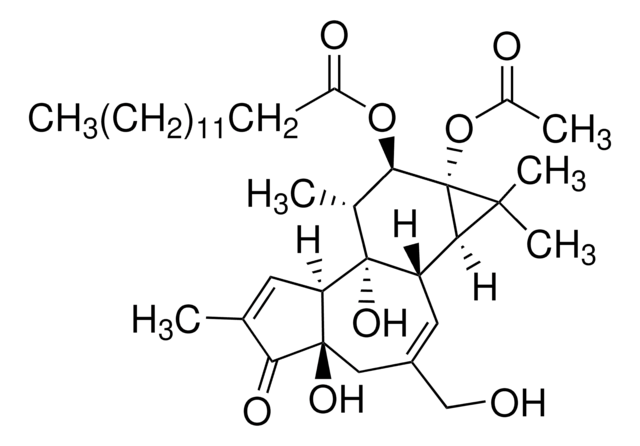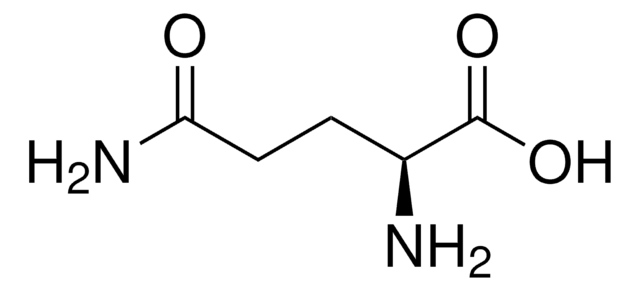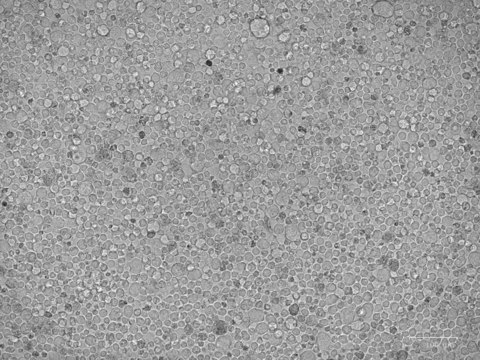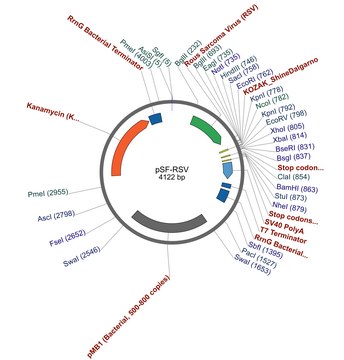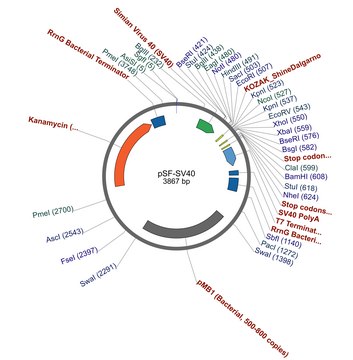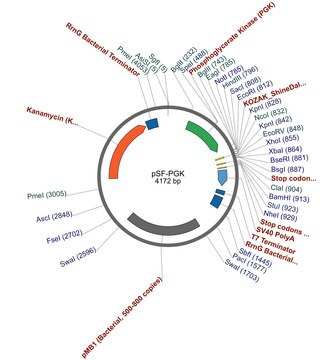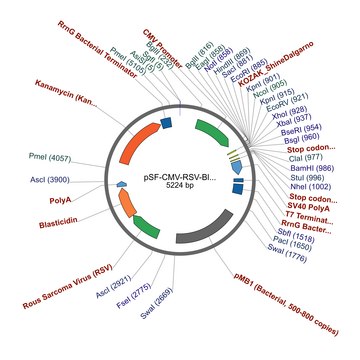THP 1 Cell Line human
NOTE: Both the cell line and DNA from the cell line may be available for this product. Please choose -1VL or VIAL for cells, or -DNA-5UG for DNA, 88081201, human blood, Monocyte
Synonym(s):
O-THP-1 Cells, THP-1 Macrophages, THP-1 Monocytes, THP1 Cells, THPI Cells, Tohoku Hospital Pediatrics-1 Cells
About This Item
Recommended Products
biological source
human blood
packaging
tube of 5 μg 88081201-DNA-5UG
pkg of vial of cells 88081201-1VL
growth mode
Suspension
karyotype
Not specified
morphology
Monocyte
products
Not specified
receptors
Fc, C3b
technique(s)
cell culture | mammalian: suitable
relevant disease(s)
cancer
shipped in
dry ice
1 of 4
This Item | OGS47 | OGS403 | OGS383 |
|---|---|---|---|
| peptide cleavage no cleavage | peptide cleavage no cleavage | peptide cleavage no cleavage | peptide cleavage no cleavage |
| origin of replication pUC (500 copies) | origin of replication pUC (500 copies) | origin of replication pUC (500 copies) | origin of replication pUC (500 copies) |
| bacteria selection kanamycin | bacteria selection kanamycin | bacteria selection kanamycin | bacteria selection kanamycin |
| mol wt size 4122 bp | mol wt size 3867 bp | mol wt size 4172 bp | mol wt size 5224 bp |
| form buffered aqueous solution | form buffered aqueous solution | form buffered aqueous solution | form buffered aqueous solution |
Cell Line Origin
Cell Line Description
Application
- bactericidal activity of moxifloxacin against Staphylococcus aureus[1]
- the effect of lipopolysaccharide-mediated inflammatory response in murine versus human cell lines[2]
- the effects of purine nucleosides on the in vitro growth of Cryptosporidium parvum[3]
- the change in gene expression after infection with Mycobacterium tuberculosis[4]
- the induction of cytokines in the cell line in presence of antigens obtained from Clostridium difficile[5]
DNA Profile
CSF1PO: 11,13
D13S317: 13
D16S539: 11,12
D5S818: 11,12
D7S820: 10
THO1: 8,9.3
TPOX: 8,11
vWA: 16
Culture Medium
Subculture Routine
Other Notes
Regulatory Information
Choose from one of the most recent versions:
Certificates of Analysis (COA)
It looks like we've run into a problem, but you can still download Certificates of Analysis from our Documents section.
If you need assistance, please contact Customer Support.
Already Own This Product?
Find documentation for the products that you have recently purchased in the Document Library.
Which document(s) contains shelf-life or expiration date information for a given product?
If available for a given product, the recommended re-test date or the expiration date can be found on the Certificate of Analysis.
How do I get lot-specific information or a Certificate of Analysis?
The lot specific COA document can be found by entering the lot number above under the "Documents" section.
How do I find price and availability?
There are several ways to find pricing and availability for our products. Once you log onto our website, you will find the price and availability displayed on the product detail page. You can contact any of our Customer Sales and Service offices to receive a quote. USA customers: 1-800-325-3010 or view local office numbers.
How do I handle Cell Line frozen cells upon arrival?
Upon receipt, frozen ampules should be transferred directly to vapor phase liquid nitrogen without delay (-135°C) or liquid phase liquid nitrogen if vapor phase is not available. DO NOT use a -80°C freezer as an alternative; this will result in loss of viability.
Why is Vapor Phase Liquid Nitrogen preferred for storage of Cell Line cells?
If ampules are immersed into liquid phase of liquid nitrogen, it increases the risk of the liquid seeping into the vial. This could lead to problems of cross-contamination and increased risk of the ampule exploding when thawed.
How do I resuscitate/thaw frozen Cell Line cells?
A protocol for thawing cells can be found in the ECACC handbook.
What medium should I use when I thaw the Cell Line cells?
The medium for each cell line is listed on the product page. It is specific to each cell line. If not visible on the Sigma-Aldrich website product page, the HPA website also contains the same information (www.hpacultures.org.uk). The product number for the cell line is the same on either site.
What passage are my Cell Line cells?
If the passage of the cells is known, it is listed on the product page at the HPA website (www.hpacultures.org.uk).
How many Cell Line cells are in the vial?
Each vial of cells contains 2-3 x 106 cells in 1 ml of freezing media. This is in a 1.8 mL ampule. For exceptionally large cells, counts may decrease. Suspension cells, generally smaller cells, may contain as many as 4-5 x 106 cells/vial to assure optimal viability upon thaw.
Are my Cell Line cells mycoplasma tested?
ECACC routinely tests all manufactured cell banks for mycoplasma.
How to freeze down Cell Line cells to make a cell stock?
A protocol for freezing down cells for cell stocks can be found in the ECACC manual.
Are the Cell Line cells tested for viral pathogens?
HPA Cultures does not perform any viral testing on the cell lines.
My question is not addressed here, how can I contact Technical Service for assistance?
Ask a Scientist here.
Articles
DNA, RNA, cDNA derived from ECACC mammalian cell lines allow screening for genes or expression patterns to identify lines most suitable for specific research.
Our team of scientists has experience in all areas of research including Life Science, Material Science, Chemical Synthesis, Chromatography, Analytical and many others.
Contact Technical Service